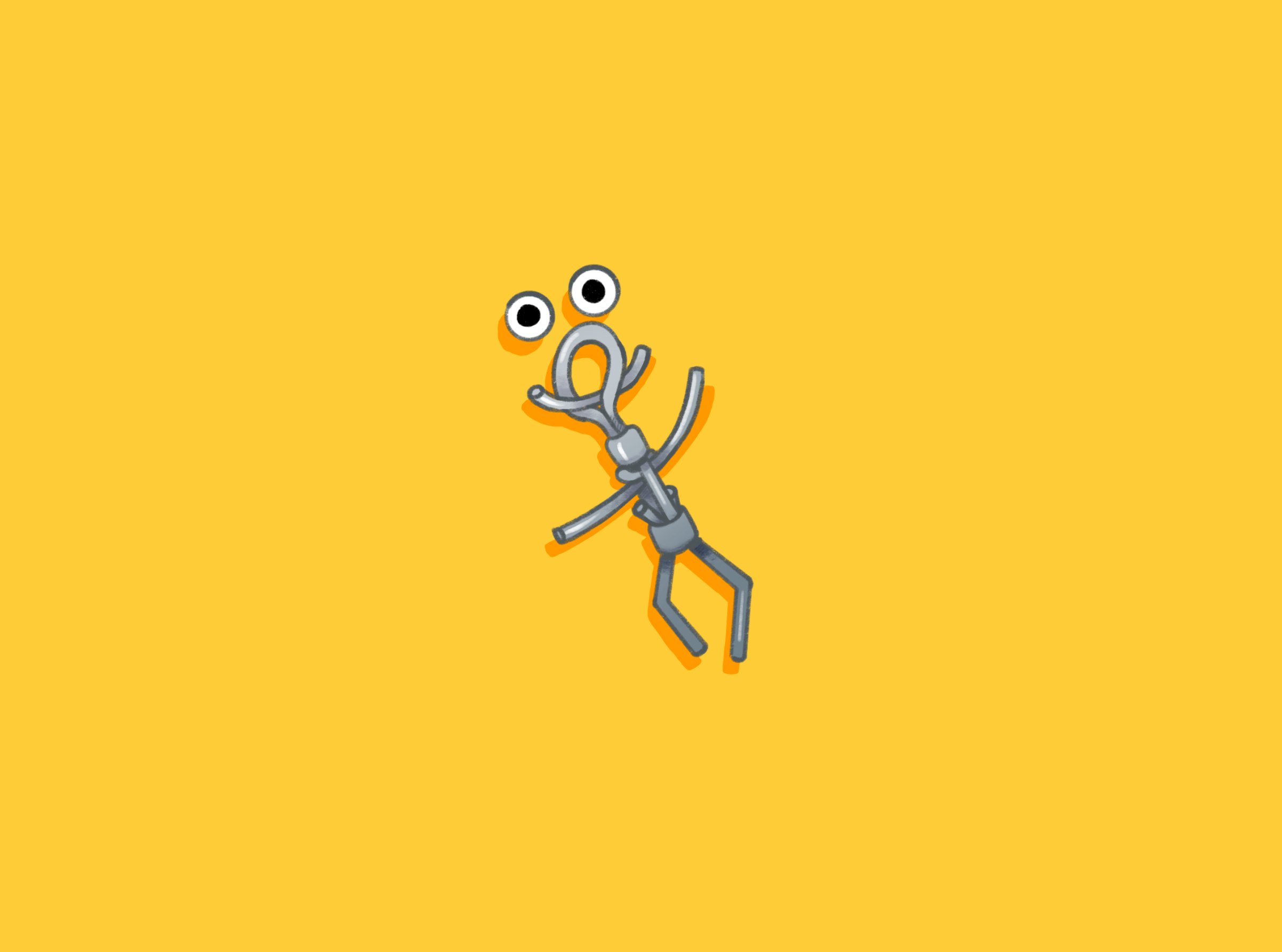Only fuzzy ideas of what to do
For years I wanted to participate in the Famicase Exhibition. But I kept restarting my pieces over and over. I had hundreds of ideas but I couldn’t stick to any one of them.
It was like my ideas crumbled under their own weight because they were so brittle.
A sculpture needs an armature to hold up. They can stand for a while without one, but eventually they collapse under their own weight. Much like a sculpture, a story can have an armature that help hold it together. I believe this can be applied to all creative work.
Bryan McDonald, author of Invisible Ink and co-host of the You Are A Storyteller podcast has a brilliant way to apply the idea of the armature of a sculpture to stories. He just calls it “armature”.
A theme in a story is usually thought of as romance, revenge or friendship. But the key distinction between a theme and an armature, is that a theme doesn’t mean anything, or at least it isn’t very useful. “Love” is just a word, it doesn’t say anything about love. According to Bryan it’s like saying “red” is your theme. This was the type of idea I had hundreds of. (like: space, monster, person with a plant on their head)
The whole point of the story is to prove the armature, so everything must be hanged onto this armature to make it visible. Every choice you make must be in favour of the armature. So it has to be something sturdier and more specific than a word. “Love conquers all” (Harry Potter) or “don’t live on autopilot” (Wall-e) are great examples. Because you can prove them.
If the story goes off on a tangent that doesn’t have anything to do with the armature, something is gonna feel wrong. Protrusions from the armature are more fragile and will snap off. We have an intuitive sense for it as viewers or readers. It’s not always as intuitive to the storyteller what is the right decision, this is one of the reasons it’s so hard to tell a story well.
All great stories have an armature. Regardless if the author is aware of it or not. They might not always know what it is when they start. But if the story clicks it’s because they found it. Even if they don’t know how to phrase it.
Unnecessary pieces will be chipped off naturally. Sometimes the stuff around the armature might need to be refashioned to fit the times. But the core will remain.
If the armature is relevant, we will keep telling the story. Because the armature contains some kind of survival information. Fairytales are exceptionally good at this, they keep being retold for a reason.
Beauty & the Beast tells us beauty is found inside.
In Red Riding Hood we learn to not trust strangers.
Robin Hood teach us to protect the poor from the rich.
The armature is the reason a story is worth passing on and also the reason that something is worth pursuing. The art I was struggling with was missing this.
I realised the reason I got stuck was because I relied too heavily on themes as ideas and not enough on what I was trying to say. When you don’t narrow down what you’re trying to say, every idea seems like an option. With an armature my abundance of ideas can be sorted into two buckets. One bucket of random ideas that sound cool on their own. The other bucket is full of ideas that could be solutions to express the armature.
So before drawing my Famicase cover I dedicated some time to just think. I thought of my family’s dog, he’s adorable but he can be very annoying. I thought how different it would have been if he had not been cute. We would judge him completely by his behaviour. Maybe we would have made a greater effort in schooling him, if that had failed maybe we would have gotten rid of him.
From this I found “it’s the inside that matters” would be a suitable armature. I decided to convey this with something cute, that is hiding something dark on the inside. It’s up for the hypothetical player to decide how to deal with this problem.
My 2022 Famicase
I might not have expressed my armature the best way possible. But at least it gave me something better to aim for than a theme like “pet”.
One sturdy idea is better than a hundred fuzzy ideas.



